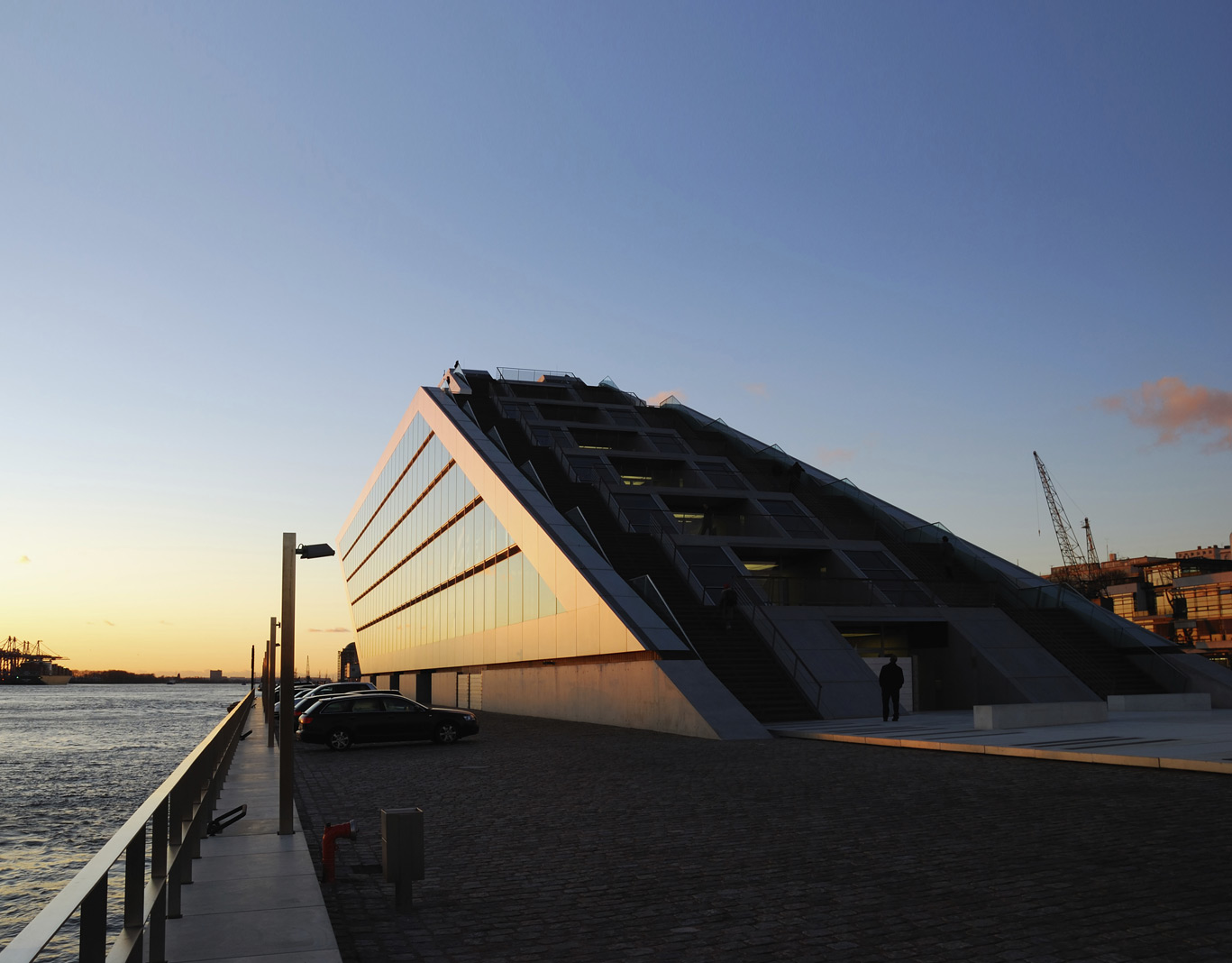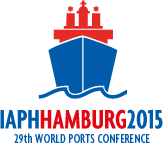Emissions from vessels contribute the largest source of air pollution in Hong Kong. In 2012, vessels accounted for 50%, 37% and 32% of the emissions from sulphur dioxide, respirable suspended particulates and nitrogen oxides respectively. Moreover, emissions from vessels present a high public health risk to residents as they are emitted close to high density sensitive receivers.
Initially, it came as a surprise to many people that vessels were the main contributors to Hong Kong’s local air pollution, since power plants had always been the largest emission sources. The indisputable fact became known with the completion of a government-commissioned study in 2012. With a decade of effective pollution control, as emissions from power plants decreased; proportionally, the significance of emissions from vessels increased. It became obvious that control of emissions from vessels was necessary.
Collaboration with the shipping sector and researchers resulted in a unique partnership between the public-and-private sectors to clean-up. In January 2011, 17 major ship companies signed the voluntary Fair Winds Charter, committing to switch to a low sulphur fuel while their ships were at berth in Hong Kong. The charter was initially for two years so as to give time to the Government to consider a mandatory scheme. The voluntary charter was extended and continued until end-2014, as consultation with the entire shipping sector and the drafting of the legislation took considerable time. The mandate will become effective in July 2015. With the new law coming into effect, Hong Kong is deepening its experience in tracking the emissions reduction from vessels, and also in enforcement.
As part of the collaboration with the shipping sector, the Government initially provided a fuel switching at berth incentive scheme for ocean-going vessels from September 2012 to September 2015. Those that switched to a fuel not exceeding 0.5% sulphur while at berth could have their port facilities and light dues reduced by half. This incentive scheme has now been extended till end-March 2018 to ensure Hong Kong suffers no competitive disadvantage as regional ports consider adopting a similar scheme.
The Government recognizes that a regional scheme would benefit not only residents in Hong Kong but also those of the entire Pearl River Delta (PRD). For the last few years, the Government has discussed with regional and national authorities the possibility of the ports in the PRD to consider adopting similar control for emissions from vessels. In March 2015, Shenzhen announced details of their voluntary scheme with subsidies. Indeed, the vision is for the whole of the waters of the PRD to become an Emission Control Area in the coming years.
On 1 April 2014, Hong Kong capped the sulphur content of marine light diesel that could be sold in Hong Kong to 0.05% sulphur. This has reduced emissions from local vessels.



